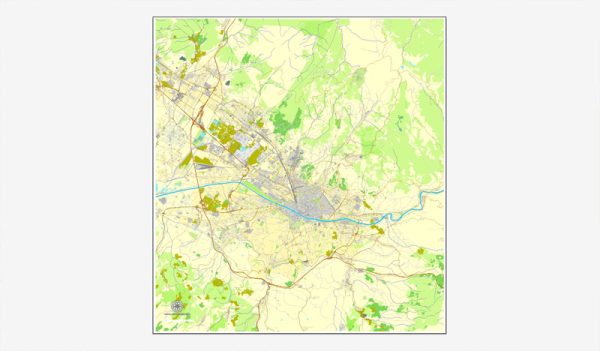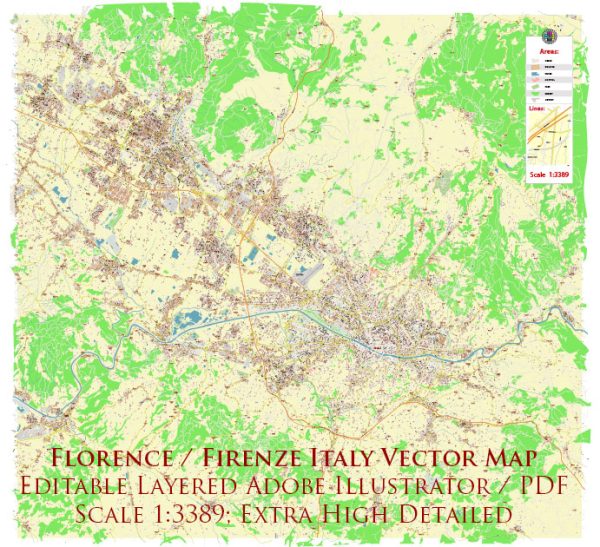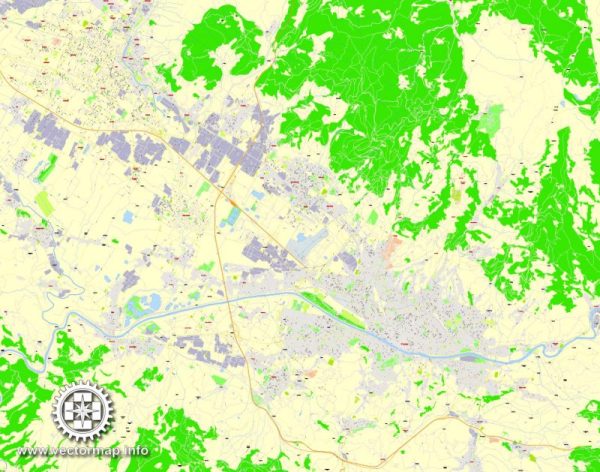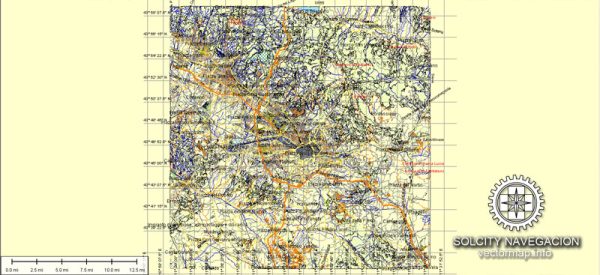Florence, Italy, boasts a rich and fascinating history of urban development that spans centuries. Here is a brief overview of key periods and aspects of Florence’s urban evolution:
- Roman Foundation (59 BC): Florence has ancient roots, dating back to Roman times when it was established as a settlement for retired Roman soldiers. The city, known as Florentia, was strategically located at the intersection of major Roman roads.
- Medieval Expansion (9th–14th centuries): During the medieval period, Florence grew into a bustling center of commerce and culture. The city’s economic prosperity was driven by trade, particularly in textiles and banking. The construction of the Cathedral of Santa Maria del Fiore (Florence Cathedral) began in the 13th century, becoming a symbol of the city’s wealth and ambition.
- Renaissance Florence (14th–17th centuries): Florence is often considered the birthplace of the Renaissance, a period of profound cultural and intellectual flourishing. The Medici family, one of the most influential political and financial families of the time, played a pivotal role in shaping the city. Artists like Leonardo da Vinci, Michelangelo, and Botticelli contributed to the city’s artistic and architectural splendor. The Uffizi Gallery, Palazzo Pitti, and the Ponte Vecchio are notable structures from this period.
- Medici Influence and Urban Planning (15th–16th centuries): The Medici family, particularly Lorenzo de’ Medici, sponsored urban planning initiatives that aimed to enhance the city’s aesthetic appeal. The Piazza della Signoria became a focal point, and the Boboli Gardens behind the Palazzo Pitti were developed as an early example of an Italian garden.
- Rise of the Grand Duchy of Tuscany (16th–18th centuries): Florence became the capital of the Grand Duchy of Tuscany in the 16th century under the rule of the Medici family. The city continued to flourish culturally and economically, with new architectural projects such as the Vasari Corridor linking the Palazzo Vecchio to the Palazzo Pitti.
- Napoleonic and Modern Era (19th century): Florence experienced significant changes during the Napoleonic era and later in the Italian unification process. The city became the capital of the Kingdom of Italy in 1865, but in 1871, the capital was moved to Rome. Florence continued to adapt to modern developments, with new infrastructure and changes in urban planning.
- 20th Century: Florence faced challenges during World War II, with some historic structures suffering damage. Post-war reconstruction efforts aimed to preserve the city’s cultural heritage while accommodating modern needs. The Arno River flood of 1966 caused significant damage, leading to extensive restoration work.
Today, Florence stands as a UNESCO World Heritage Site, with its historic center preserving the legacy of its rich history and serving as a testament to the city’s enduring cultural significance.





 Author: Kirill Shrayber, Ph.D.
Author: Kirill Shrayber, Ph.D.